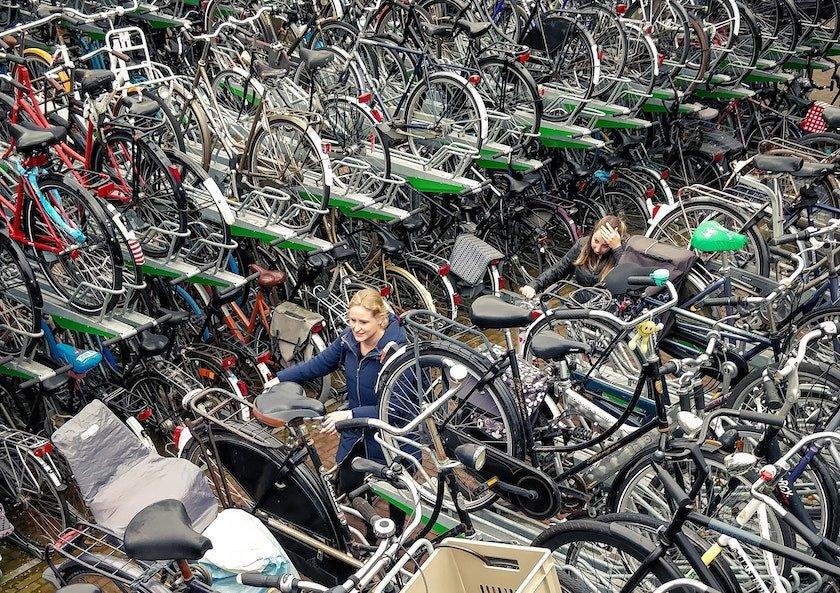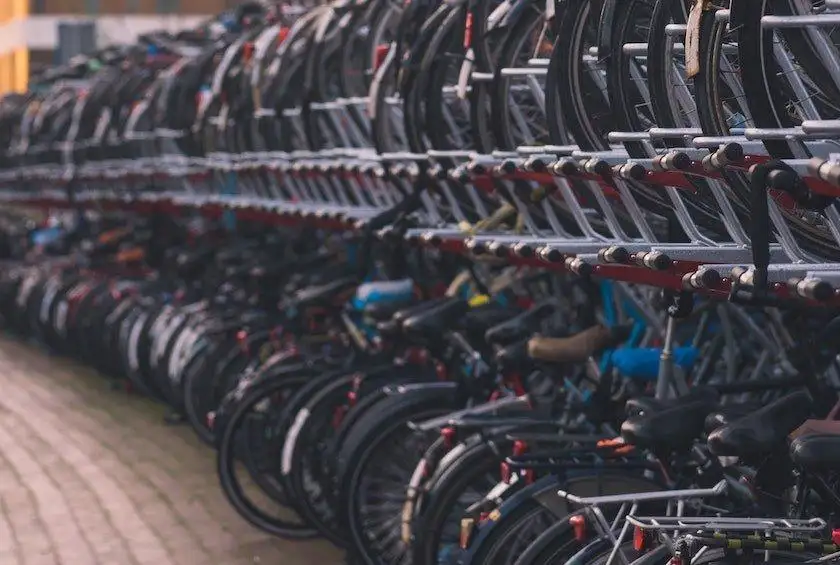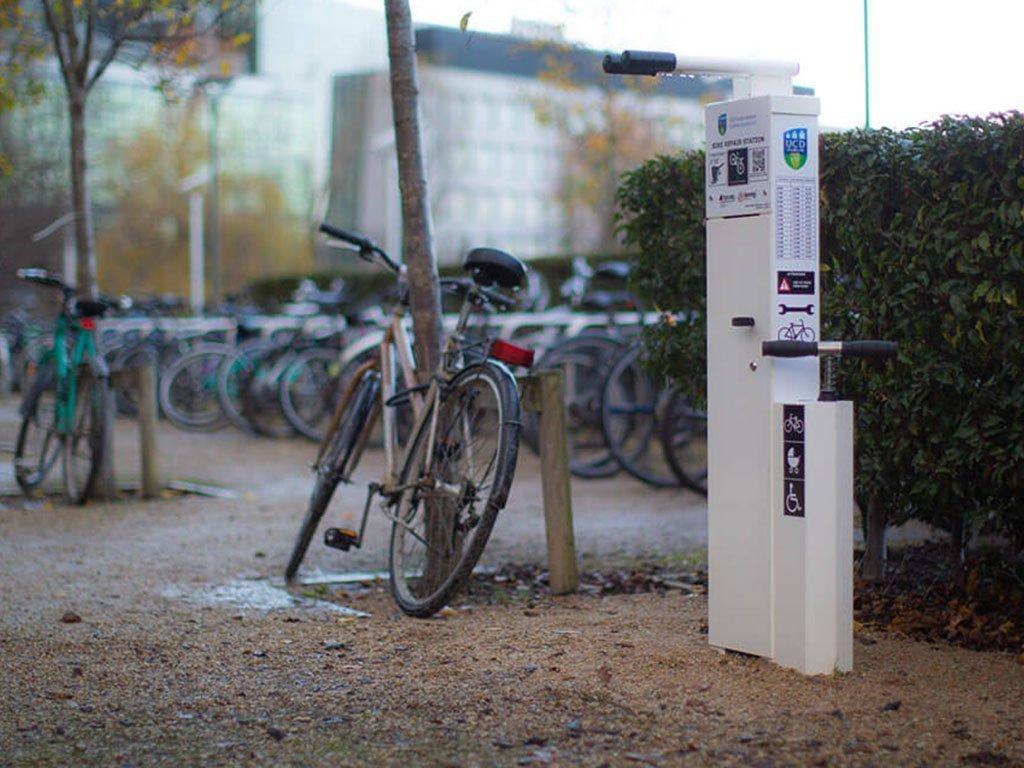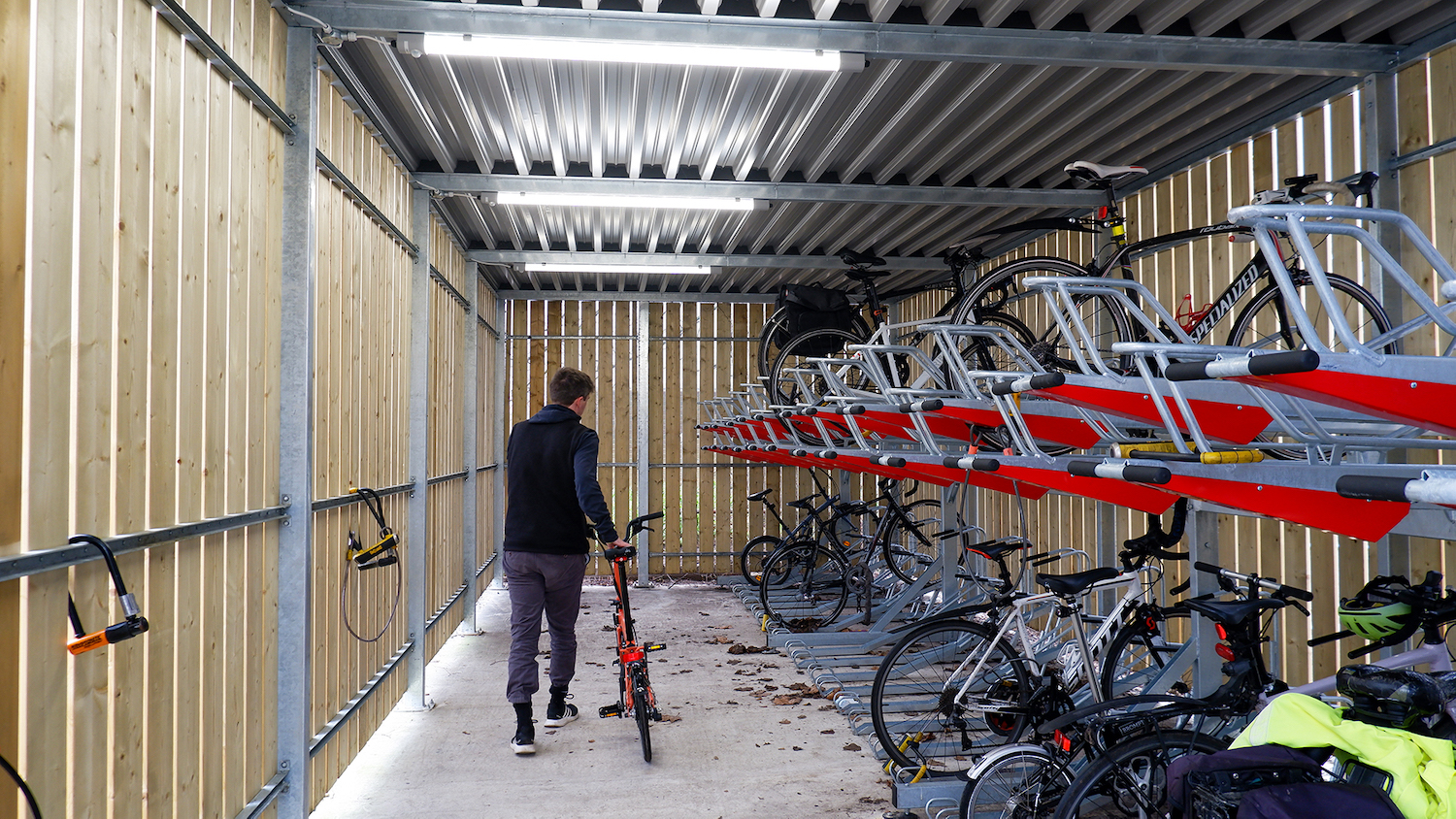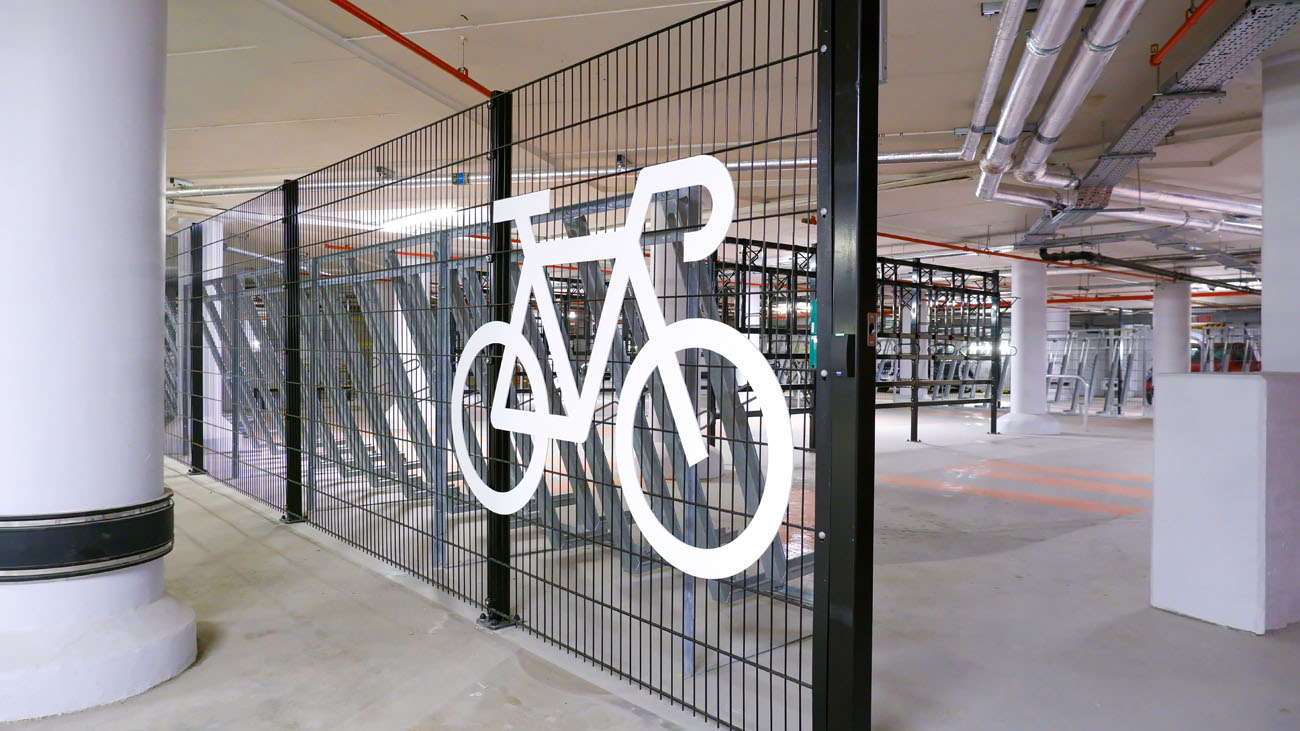“The cycle industry is keenly aware of the barrier that cycle theft represents to growing cycling in the UK, and as the trade association, tackling it has been on the Bicycle Association’s agenda for some time.
“As to cycle parking, feedback from our own industry, from Government and from the rail sector told us that cycle parking quality is a real issue,” says Peter.
Pointing to ‘horror story’ photos, reports of incorrect installations and poor quality hardware and equipment, Peter makes the point that large budgets (often including public money) have been spent on sub-par facilities that are unfit for purpose.
The answer? Develop and publish a cycle parking infrastructure quality standard.
“We were well placed to do so,” explains Peter. “The BA is a not-for-profit trade body with a mission to help grow cycling and thus grow the cycle industry.
“The BA also has close links with the Cycle Rail Working Group, a DfT-funded forum which aims to improve access to rail travel for people using bikes. This proved to be a key connection as we took the project forward.”
How were the partners selected?
Funding for the project came from the Cycle Rail Working Group (CRWG), and was jointly managed by the BA and CRWG, and administered by Sustrans.
“From the start we were all intent that the project should be as inclusive as possible, so that there would be the best possible ‘buy-in’ and adoption of the standard when procuring public cycle parking,” says Peter.
The BA then consulted a wide range of stakeholders.
“As well as the public calls for participation, we also actively approached a number of potentially interested parties – for example officials in Scotland, Wales and Northern Ireland, to ensure that we would not be conflicting with or duplicating any existing or upcoming guidance,” says Peter.
Why is the inclusion of provision for non-standard cycles necessary?
“This is very simply so that public cycle parking can be safely and conveniently used by the widest possible range of people,” explains Peter.
Adapted, non-standard cycles, cargo bikes, and trikes all do not fit most standard cycle parking spaces.
“Further, some people may have difficulty with particular types of ‘standard’ parking for whatever reason, so the non-standard provision should always provide an inclusive alternative,” adds Peter.
Without suitable facilities for these users, it will continue to be a barrier for cycling as a means of transport for many.
“For us, there was no question that provision of spaces for non-standard cycles should be a mandatory part of all public cycle parking provision,” says Peter.
The standard is available to any interested party as a free PDF download via the BA website:
https://www.bicycleassociation.org.uk/parkingstandard/
